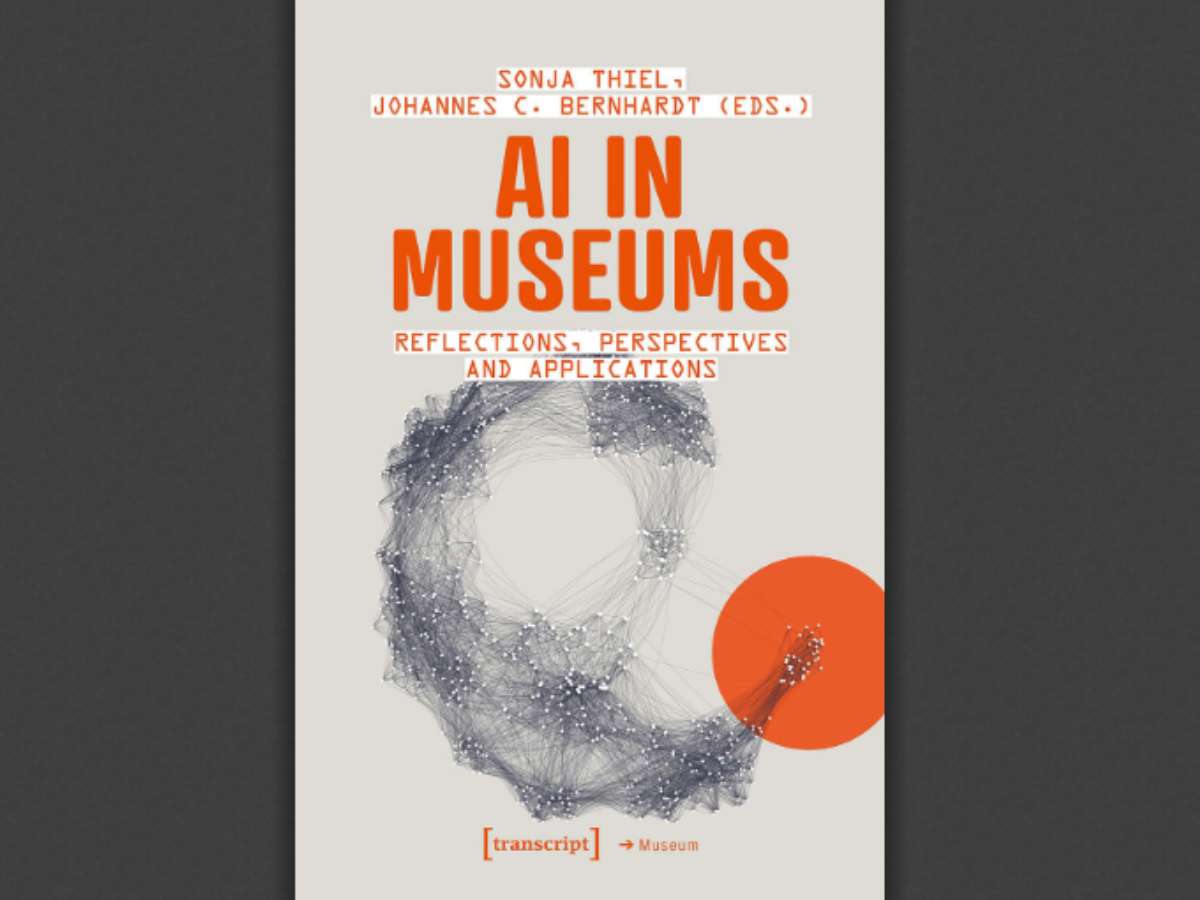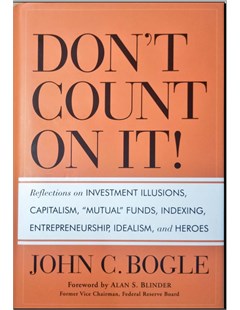In Don’t Count on It, you discuss how we deceive ourselves, particularly with numbers. Can you describe what you consider to be the absolute worst illusion investors fall prey to?
The most damaging illusion for investors is their belief that they capture the stock market's return. For example, if the stock market provides an annual return of 7%, we know that the average investor's return will fall short of that by the amount of fees they pay. Those fees amount to about 2.5% annually for the typical investor, so their net return is down to 4.5%. Taxes might knock another 1% off of that, reducing the investor's annual return to 3.5% -- just half of the market's return. If you compound those figures over 50 years, $1 grows by $4.60 at 3.5%, and by $28.50 at 7%. In other words, the investor's cumulative return is less than 20% of the market's return. That's an enormous gap; one that can easily mean the difference between achieving one's long-term financial goals and falling well short of them.











![[Coursera] Khóa học “Tìm hiểu các phương pháp nghiên cứu” của ĐH Luân Đôn](https://lic.haui.edu.vn/media/78/t78458.jpg)
